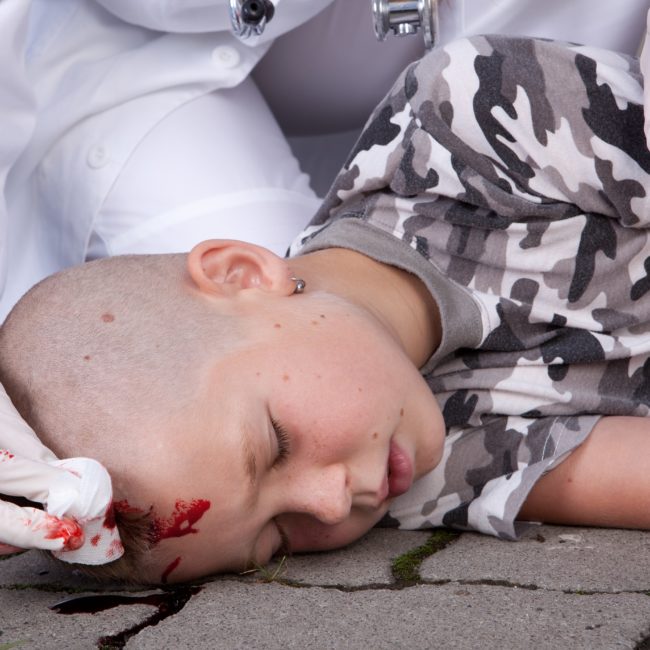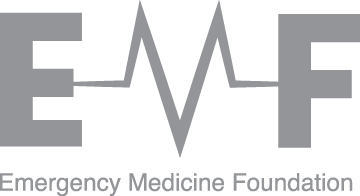EEG in TRaumatic brAin INjury (EnTRAIN)
Grant ID: EMLE-182R35-2021-LOUDON
Project Summary
Head injury results in a high degree of ongoing disability. Risk of Traumatic Brain Injury (TBI) is higher in the 15-19 and 75+ age groups with older Australians having a three times greater incidence compared to the general population (Pozzato, Tate, Rosenkoetter, & Cameron, 2019).
There are two distinct aspects to a severe head injury - the primary injury and the secondary injury that occurs as a result of deranged brain functioning. Treatments are targeted at minimising the damage occurring during the secondary stage and to protect damaged brain tissue by optimising blood flow, oxygen delivery and reducing the metabolic needs of the brain.
There is currently no way to closely monitor the 'real-time' physiologic changes beyond clinical symptoms such as changes in pupil size, heart rate, blood pressure etc. and, in the case of rising pressure in the brain, treatment is initiated on clinical suspicion alone. Electroencephalograms (brain wave monitors) have shown promise in their ability to detect brain oxygen starvation, seizure presence and increased pressure in the brain.
This pilot of Quantitative EEG (qEEG) will measure these changes during prehospital care of TBI, the results of this research would be used to guide larger studies into the use of this technology.
SHARE




